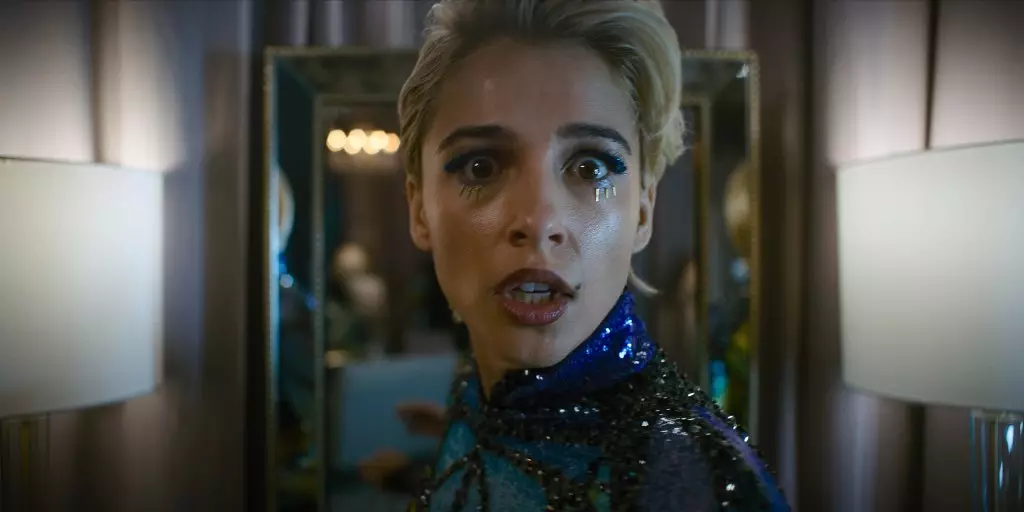This weekend marks a significant moment for fans of the horror genre with the release of Paramount’s “Smile 2.” Following in the footsteps of its predecessor, the film is expected to achieve notable success at the box office, with presales indicating an opening that could reach the high teens of millions. Initial tracking suggested it might surpass the $20 million threshold, but the actual turnout hinges on its ability to captivate a diverse audience, particularly Latino and Hispanic viewers. Given the massive success of the original “Smile,” which captivated audiences post-COVID, the stakes are exceptionally high for this sequel.
The first installment of “Smile,” released in 2022, became an unexpected box office sensation, grossing over $105 million domestically and nearly $217 million globally on a modest budget of $28 million. Unlike many entries in the horror genre that struggled during the pandemic, “Smile” managed to pivot during a time riddled with uncertainty. Paramount’s strategy of forgoing a streaming release in favor of a theatrical debut proved to be a masterstroke, contrasting sharply with Disney’s approach to “Hocus Pocus 2,” which was relegated to Disney+ despite promising test results.
The engaging narrative of “Smile,” which followed Dr. Rose Cotter (played by Sosie Bacon) as she grappled with the terrors that followed a traumatic incident, resonated with audiences. The sequel sees the return of filmmaker Parker Finn and introduces Naomi Scott in a fresh role, where she embodies a pop star facing horror unimaginable while navigating the treacherous waters of fame. Such character depth lends complexity to the sequel, potentially allowing it to exceed its predecessor’s success.
When analyzing “Smile 2,” it’s crucial to consider its release environment. The first film thrived in a relatively sparse horror landscape, offering a unique experience for audiences starved for thrills. However, the cinematic calendar has changed; horror films are now more frequent, creating heightened competition. The presence of “Terrifier 3,” which has notably skewed towards a male demographic, poses a challenge. Yet, “Smile 2” seems to attract a younger, predominantly female crowd, indicating a nuanced approach to target demographics.
With approximately 3,500 theaters at its disposal, including premium large formats (PLFs), studios have been strategic in their placement and marketing efforts. However, it’s worth noting that “Smile 2” is notably absent from IMAX screens, currently occupied by Warner Bros.’ “Joker: Folie à Deux” due to a three-week agreement. This decision could impact the film’s visibility, especially among dedicated horror fans who often seek enhanced viewing experiences.
“Smile 2” is already experiencing a favorable reception among critics, boasting an 86% freshness rating on Rotten Tomatoes compared to the first film’s 80%. Nevertheless, the expectation remains that the sequel must rise to the challenge of living up to its predecessor’s legacy while carving its own niche within the horror domain. Audiences are eager to see how traditions are upheld or subverted, especially with the added layers of celebrity and the pressures that can accompany fame.
Ultimately, as viewers flock to the theaters this weekend, “Smile 2” will not only serve as a barometer for its own success but also as an indicator of the horror genre’s resilience in a post-pandemic era. The outcome could redefine expectations for future releases and signal the importance of adaptability in the ever-evolving landscape of film.

